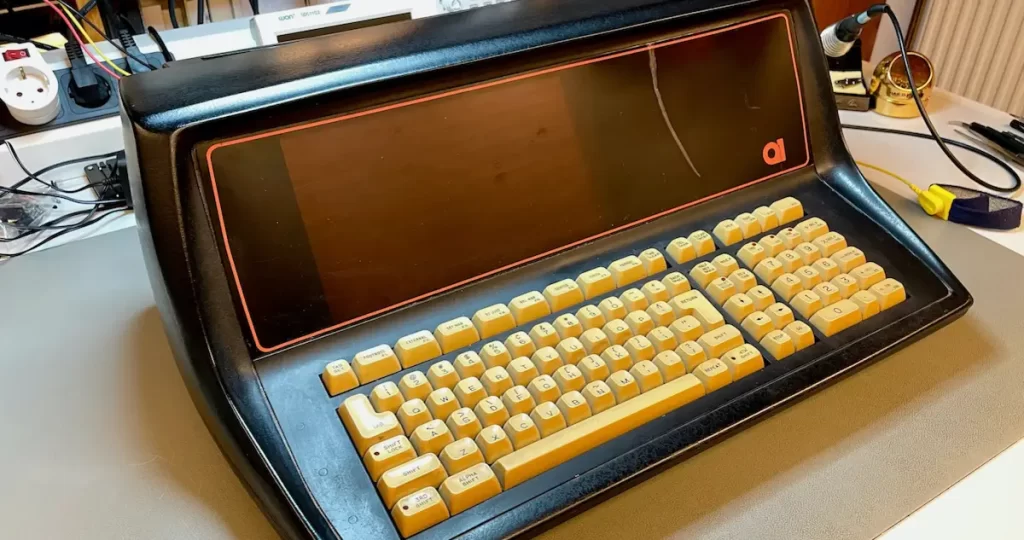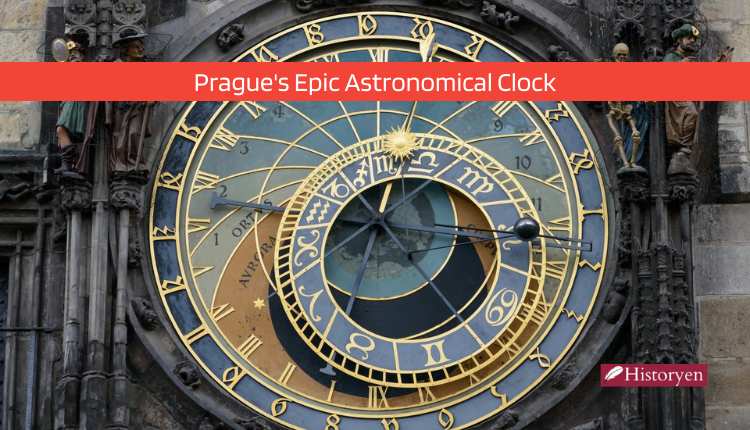In an unforeseen turn of events, a cleaning crew in the United Kingdom unearthed two Q1 microcomputers in December 2023, machines lost to time since the 1970s.
These Q1 microcomputers, part of a minuscule surviving collection, surfaced during a routine cleaning assignment by Just Clear in late 2023. Buried beneath boxes, the devices, though antiquated by contemporary standards, represent a crucial leap into the technological future.

The revelation unfolded on December 18, 2023, when Just Clear’s cleaning team stumbled upon these enigmatic machines, resembling computers with keyboards and elongated screens. However, Just Clear’s founder, Brendan O’Shea, admitted uncertainty about the discovery’s nature. Delving deeper, O’Shea uncovered the true identity of the devices – Q1s, the inaugural true microcomputers, comprising a Q1 Lite and a Q1 Microlite. These relics, now in a handful of global locations, held an air of rarity.
“I estimate there are perhaps 10-12 Q1 Lites and Microlites in the wild, scattered across Sweden, Denmark, Germany, the US, and now the UK,” shared Paul Neve, Senior Lecturer at Kingston University, London. He emphasized the scarcity, stating, “I’m not aware of anyone who has an original, first-generation Q1 – that would be a real find!”

While their appearance may underwhelm contemporary observers, the Q1 microcomputers signify a pivotal stride in the computer revolution. Introduced by the Q1 Corporation in December 1972, the Q1 microcomputer family, including the Q1 Lite and Microlite released in the mid-1970s, marked a seminal point in personal computing evolution. Notably, these devices pioneered the use of a single central processing unit (CPU) – the Intel 8008, a groundbreaking departure from the multi-chip microprocessors of their predecessors.
The Intel 8008, unveiled a few months prior to the Q1 microcomputers in April 1972, boasted a “clock speed” of 200 kHz, heralding a revolutionary era. However, the contemporary comparison reveals the Intel 8008’s modesty, with today’s chips measured in gigahertz. The Q1’s clientele included NASA, with Q1 Lites installed in all eleven NASA bases by 1974, showcasing their pivotal role.

“The Q1’s champagne customer was NASA, and Q1 Lites were installed in all eleven NASA bases in 1974,” Neve elucidated. “I suspect owners of Q1s in the 70s would have used their Q1s for many of the same tasks we use our PCs for in the office; one of the advertising straplines was ‘the ultimate office machine.’ A 1977 promotional brochure even suggests electronic mail as a use for the machine!”
Despite their significance, the Q1 microcomputers faced limited adoption due to their exorbitant cost, selling for $20,000 in 1979. The rediscovery of these artifacts serves as a poignant reminder of the rapid evolution of technology and their role in shaping the modern computing landscape.
In reflecting on these pioneering microcomputers, Neve concluded, “Without the early pioneers, including the Q1, we would not have the devices we take for granted today, that have so embedded themselves into everyday life, and that we scarcely notice anymore.”
Delve into the fascinating journey of the Q1 microcomputers, resurrected after half a century, or explore the bygone era of technology with a captivating collection of obsolete tech. Alternatively, unravel the extraordinary genesis of the Internet.



